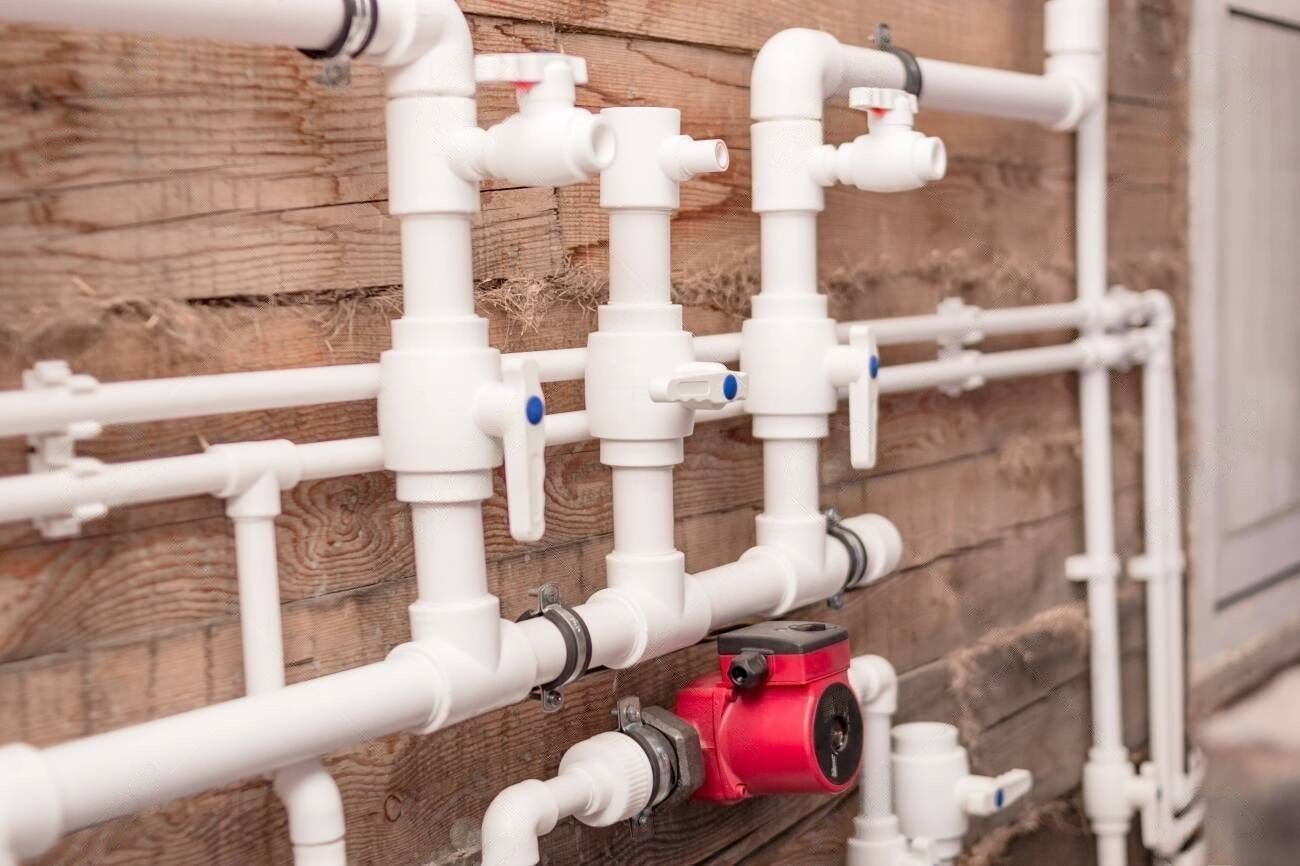HOW GOOD PIPING SYSTEMS HELP IN REDUCTION OF WATER WASTAGE?

India is a country of immense size and offers a wide variety of landscapes, each with its own unique characteristics. But despite the varied geographies, many parts of India experience similar issues related to water scarcity, including high rates of deforestation and low rates of water conservation.
The most obvious way that wastage of water in india occurs is through inefficient use. For example, the majority of rural households in India still rely on open-air wells and rainwater harvesting systems.
This means that they must invest large amounts of time and money to collect and store water. In addition, many homes are not connected to municipal wastewater treatment facilities, and consequently end up releasing untreated wastewater into rivers and lakes. Wastage also occurs on a smaller scale as well; for instance, people may neglect to turn off the faucet when they’re not using it or allow contaminated water to enter their home via leaking pipes. Taken together, these factors mean that approximately 30% of all freshwater withdrawals in India are lost due to inadequate water conservation measures.
How efficient piping systems can reduce wastage of water?
- Reducing leakage in pipes and valves can help to conserve water. This can reduce the amount of water used for flushing toilets, washing dishes, and other household tasks. In addition, it can reduce the need for drainage systems that can lead to flooding. This is not always easy to achieve. Leaks often go undetected until they become more severe. It’s best to start small by checking to see if your faucet is dripping or if there are any unusually high-water bills. Once you identify a problem area, you can focus on solving it. There are a number of things you can do that can help you to keep your pipes from leaking:
- Make sure your plumbing is installed correctly.
- Check pipes each time you run a load of laundry or do any other heavy-duty cleaning, as well as after heavy storms, tornadoes or hurricanes.
- If you have a leaky faucet, turn off the water for all fixtures in the house before turning it back on again.
- Install water-efficient showerheads and aerators.
- Be careful not to overfill sinks and tubs when filling them with hot water.
- Avoid pouring soapy water down drains; it will make ripples that encourage leaks.
- By using water efficient techniques, such as quick assessment and repair of leaks, you can reduce wastage of water. Leaks occur when pipes lose pressure and this causes water to leak away. When you notice a leaky pipe, you should try to fix it quickly. Then, check the fittings to make sure they are okay. Next, check the outside of the pipes and foundations to see if there are any cracks or damage. Finally, call a plumber to fix any leaks that you find. By doing this, you will save a lot of water.
- Taking control of the network pressure can reduce wastage of water. This is because, in a network with high pressure, the water pressure is high and this leads to wastage. On the other hand, in a low-pressure network, more water is able to flow through it. As a result, less water is wasted. This is one of the key reasons why taking control of the pressure in your home can save you money. By setting higher pressure standards in your home, you can help ensure that only clean water enters your network. By doing this, you can also prevent dirt and sediments from entering and clogging your pipes. The result? Less water waste, which means you’ll save money on your utility bill.
- By dividing the network into sections with distinct functions and water use, you can reduce the amount of water that is being used for each task. For example, if your home has a dishwasher and washing machine in separate rooms, you are using more water than necessary. By splitting the network into separate sections, you can ensure that only water is being used where it is needed. This will help to conserve energy and save money in the long run. Another benefit of dividing the network is that it can help to prevent leaks. When one part of the system starts to leak, it can be difficult to pinpoint the exact source of the problem. However, if there are multiple parts that are leaking, it becomes much easier to pinpoint the source. If you divide the network into sections, it can also make repairs and maintenance easier. By having different parts of the network working together, you can get better results when dealing with issues such as broken pipes or leaks.
Summary – Pipes can carry water from one place to another. Wasted water can be a result of inefficient piping systems. If a pipe is not installed properly, then it will leak and waste a lot of water. A piped system that is well-designed and installed properly will reduce the amount of wasted water. Innovative piping systems from Topline Industries can reduce wastage of water in india in any home or business location. These systems are designed to carry water efficiently and save you money in the long run by reducing the amount of wasted water. Topline Industries offer innovative piping solutions designed to keep your home and business running smoothly while also saving you money. The systems are designed to work with both traditional and modern appliances, which means they can handle any type of plumbing need you might have. They are also easy to install, so you can get them up and running as quickly as possible.




